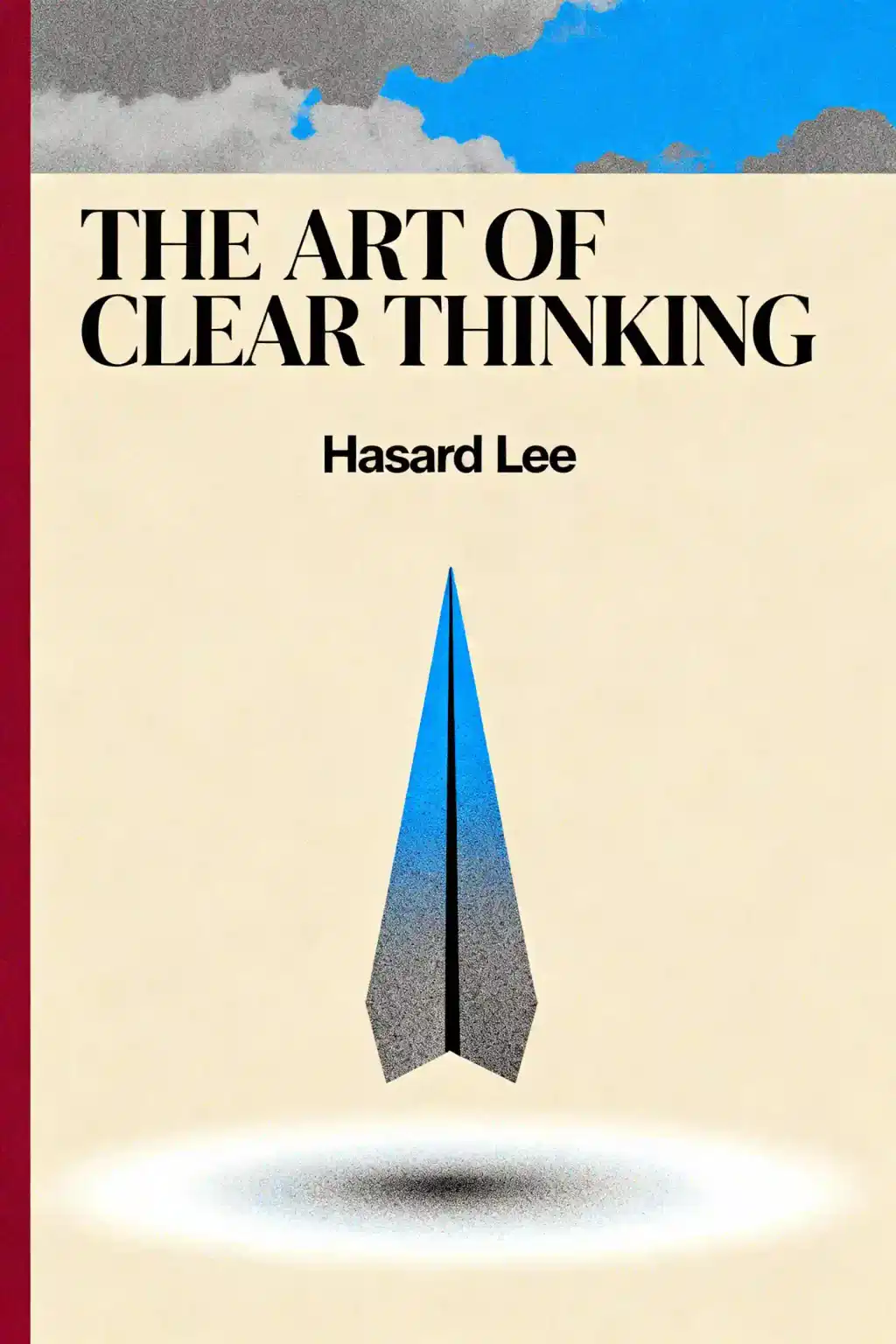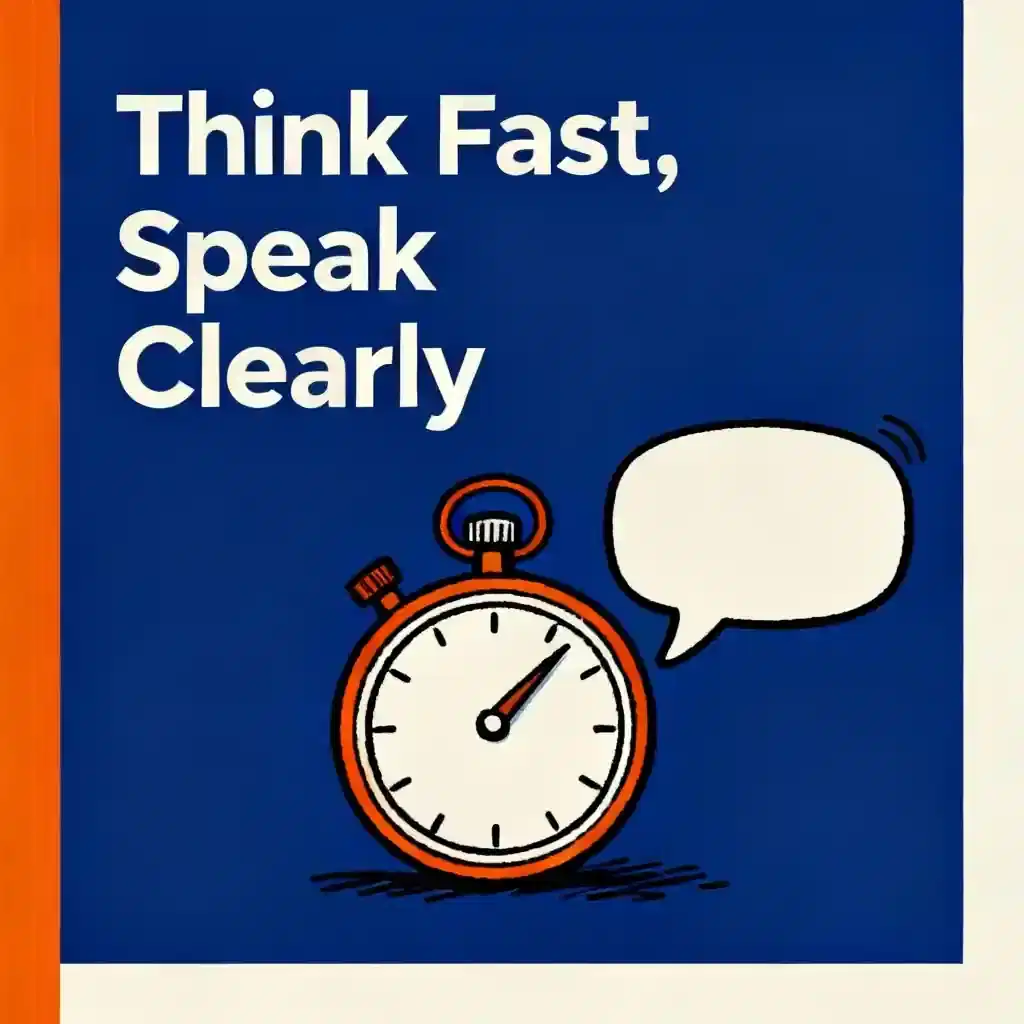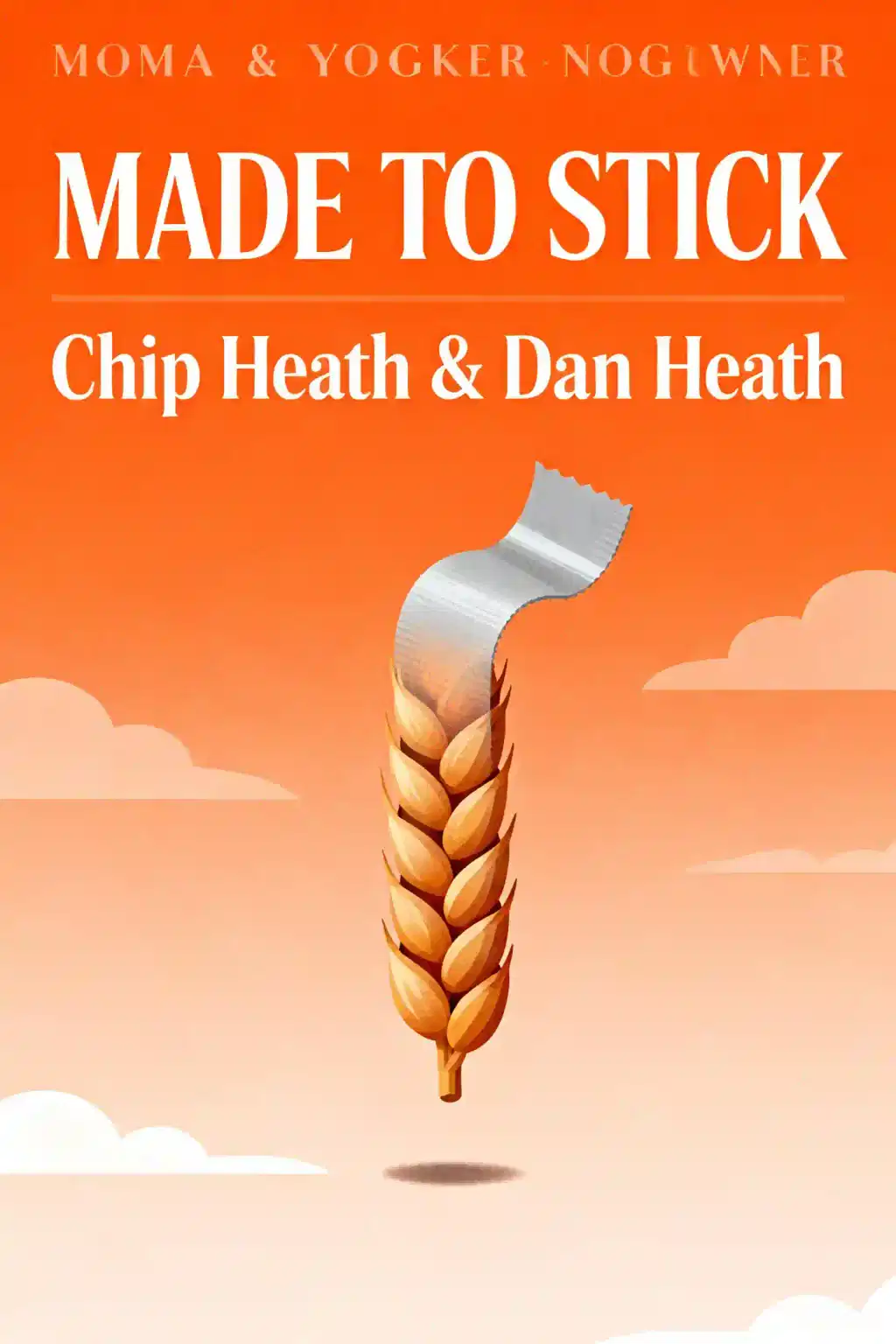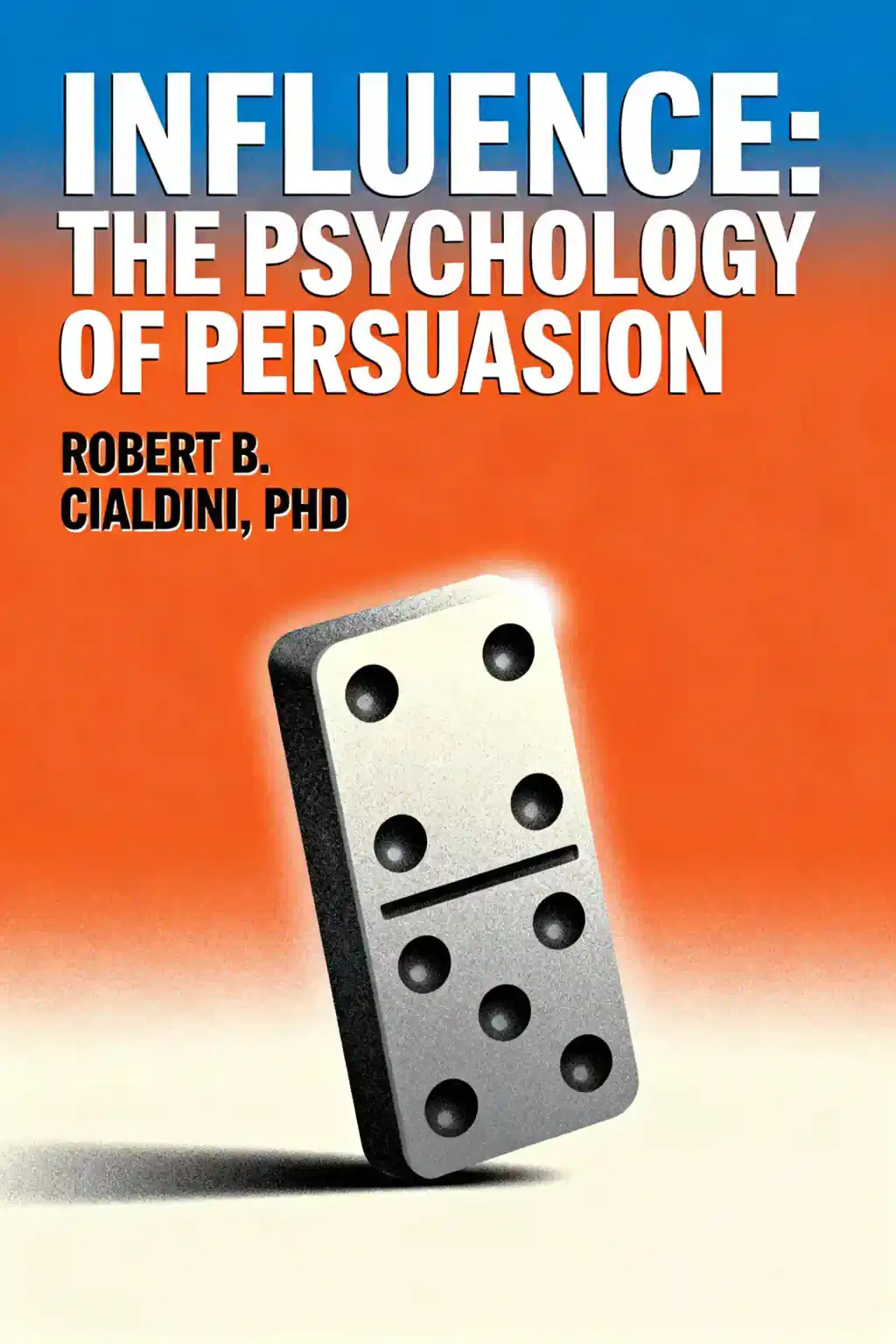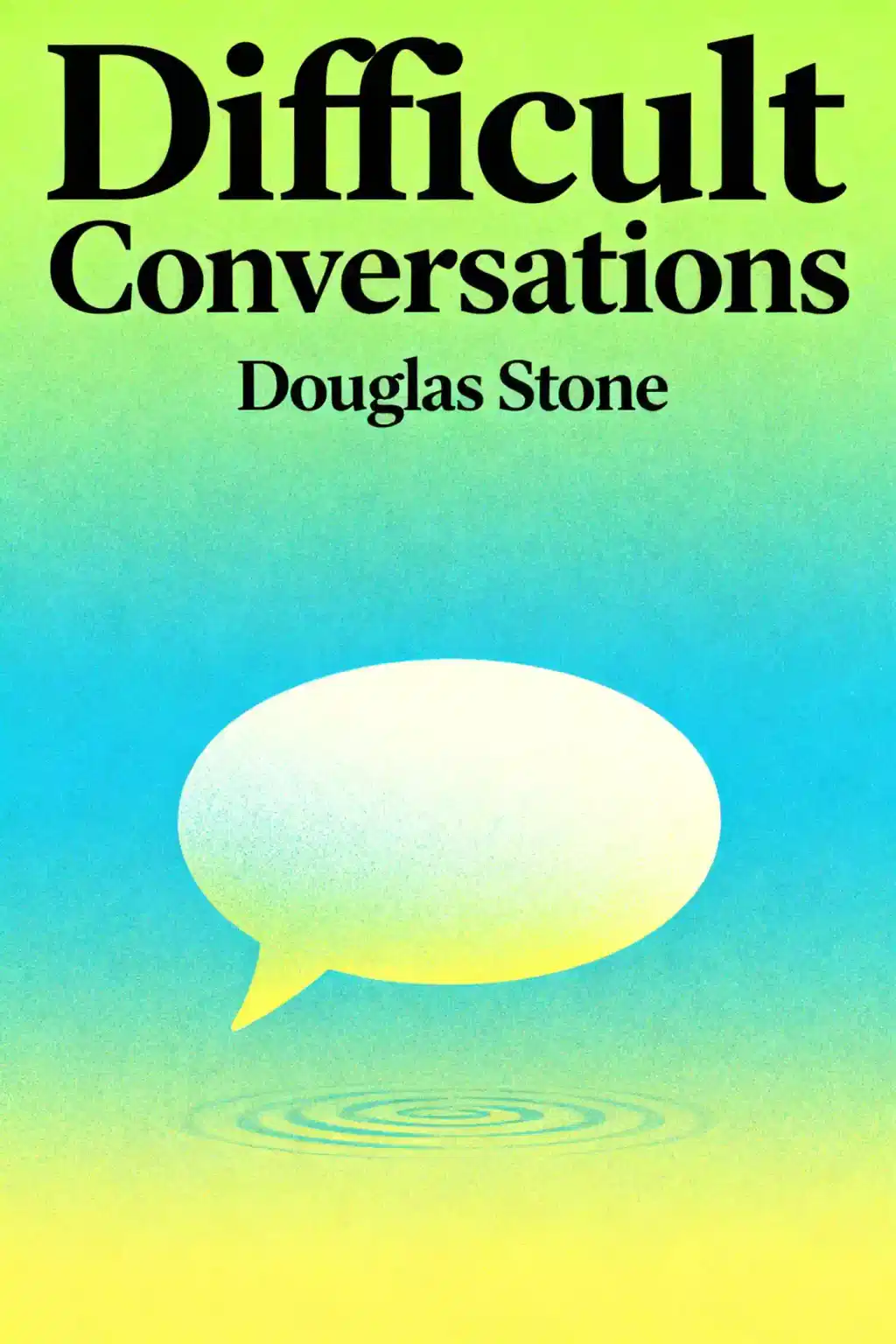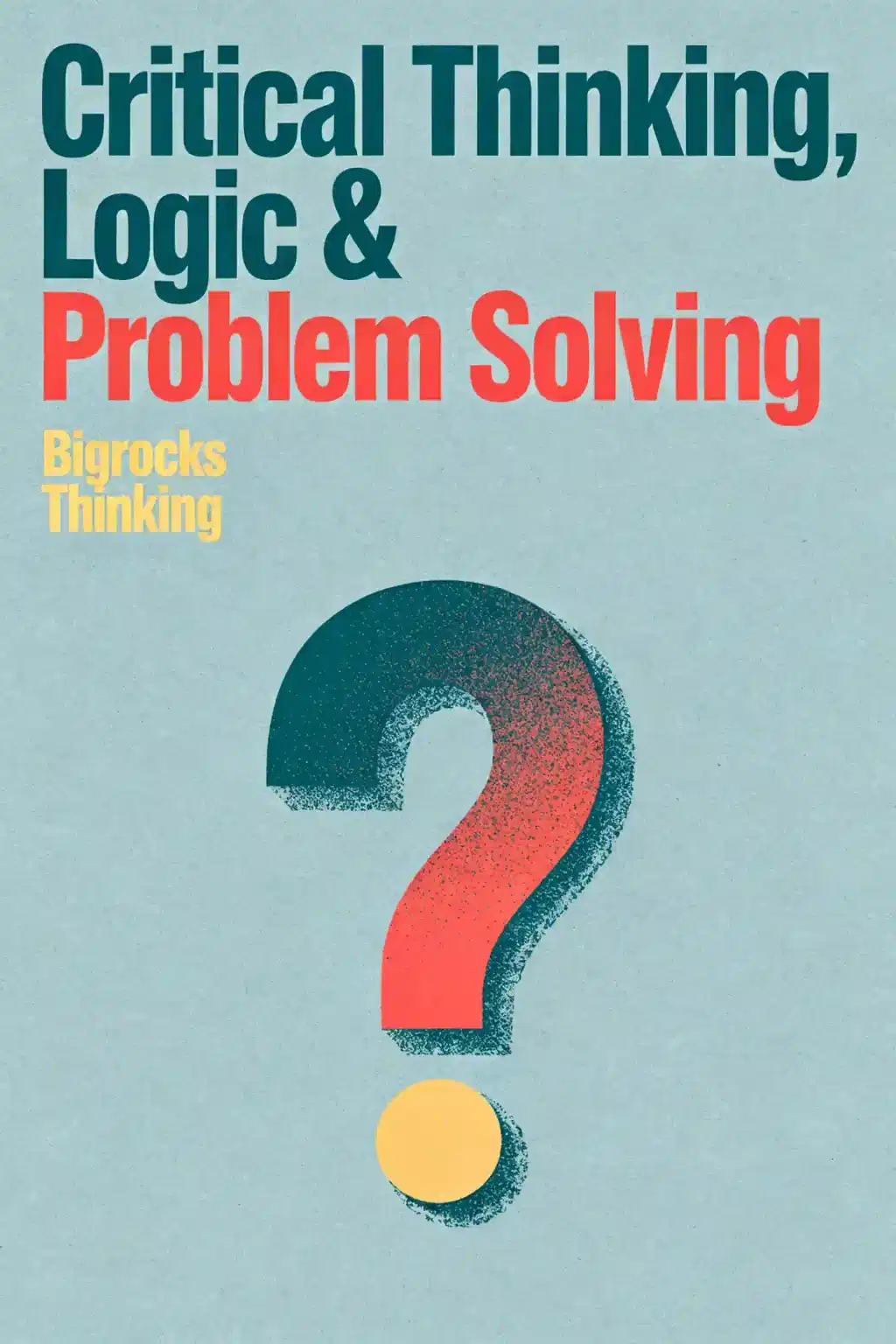What is
The Art of Clear Thinking by Hasard Lee about?
The Art of Clear Thinking teaches combat-tested decision-making strategies from U.S. fighter pilot Hasard Lee, adapted for everyday life. It covers frameworks like the ACE Helix for rapid assessment, mental toughness cultivation, and techniques to learn faster under pressure. The book blends gripping aerial combat stories with actionable lessons for business, personal growth, and high-stakes scenarios.
Who should read
The Art of Clear Thinking?
This book is ideal for leaders, professionals, and students seeking to improve critical thinking under pressure. CEOs, astronauts, military personnel, and parents have benefited from its principles. It’s particularly valuable for those in dynamic fields like entrepreneurship, emergency response, or competitive industries where split-second decisions matter.
Is
The Art of Clear Thinking worth reading?
Yes—it’s a Wall Street Journal bestseller praised for its unique fusion of military precision and practical life advice. Readers gain tools to avoid cognitive traps, enhance focus, and make confident decisions. The vivid fighter-pilot narratives make complex concepts memorable and engaging.
What is the ACE Helix framework in
The Art of Clear Thinking?
The ACE Helix is a decision-making model emphasizing Assess, Choose, and Execute in iterative cycles. Developed from fighter-pilot training, it teaches users to rapidly analyze situations, commit to actions, and adapt based on outcomes. This structured approach minimizes hesitation and optimizes results in uncertain environments.
How does
The Art of Clear Thinking compare to the OODA Loop?
While both frameworks emphasize rapid decision-making, Lee’s ACE Helix adds a stronger focus on execution and adaptation after initial choices. Unlike Boyd’s OODA Loop (Observe, Orient, Decide, Act), the Helix prioritizes mental resilience and learning velocity, making it more applicable to non-combat scenarios like business negotiations or personal crises.
What are key quotes from
The Art of Clear Thinking?
- “No problem is so bad you can’t make it worse”: Warns against impulsive decisions that exacerbate crises.
- “You fall to the level of your preparation”: Stresses rehearsing scenarios to build reflexive competence.
- “What’s urgent is seldom important”: Encourages prioritizing long-term goals over reactive tasks.
How can
The Art of Clear Thinking improve workplace decisions?
The book advocates fast-forecasting—quickly estimating outcomes using available data—to streamline choices in meetings or projects. It also teaches delegation tactics to reduce cognitive overload and frameworks to distinguish high-impact tasks from distractions.
What critiques exist about
The Art of Clear Thinking?
Some readers note the military anecdotes, while gripping, may feel intense for casual self-improvement seekers. However, Lee bridges this gap by linking jet cockpit strategies to relatable challenges like parenting or career pivots.
How does
The Art of Clear Thinking address mental toughness?
Lee emphasizes stress inoculation—practicing under simulated pressure—to build resilience. Techniques include scenario visualization, controlled breathing, and predefining “if-then” contingency plans to maintain clarity during crises.
What role does technology play in Lee’s decision-making philosophy?
While advocating human judgment, Lee highlights tools like simulators and data analytics to enhance training and reduce errors. He cautions against over-reliance on tech, urging readers to stay proficient in manual decision-making as a fail-safe.
What are three key takeaways from
The Art of Clear Thinking?
- Prepare relentlessly: Build reflexive skills to act decisively under stress.
- Embrace iterative learning: Use each decision’s outcome to refine future choices.
- Clarify priorities: Separate urgent tasks from truly important goals to avoid burnout.
How does Hasard Lee’s background influence the book?
As a F-35 pilot and instructor, Lee’s firsthand experience in life-or-death scenarios informs the book’s realism. His post-military work coaching CEOs and astronauts adds cross-industry credibility to the strategies.
Why is
The Art of Clear Thinking relevant in 2025?
In an era of AI-driven disruptions and rapid market shifts, the book’s focus on adaptive thinking and human-centric judgment remains critical. Its principles help readers navigate uncertainty in sectors like tech, healthcare, and finance.
